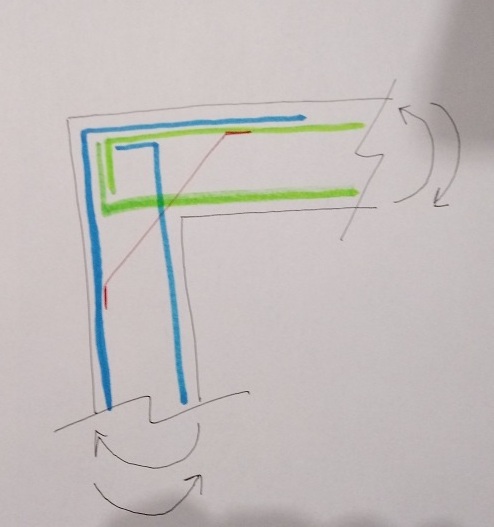greznik91
Structural
- Feb 14, 2017
- 186
I have studied some moment RC joints. I m reinforcing concrete moment frame (3D). My problem is that beams and columns are both 300/300 mm (small dimensions when rebars from column, beam and another beam perpendicular to other beam comes/meets together). Since im dealing with a moment frame (earthquake) every column - beam joint is an opening and also closing joints (it depends on direction of lateral forces).
Without red diagonal rebar the joint doesnt work when it comes to opening moment right?
is there any other options on how to reinforce this without diagonal rebar by using rebars from beam/column?
(there are just too many rebaras in small joints already)

Without red diagonal rebar the joint doesnt work when it comes to opening moment right?
is there any other options on how to reinforce this without diagonal rebar by using rebars from beam/column?
(there are just too many rebaras in small joints already)




